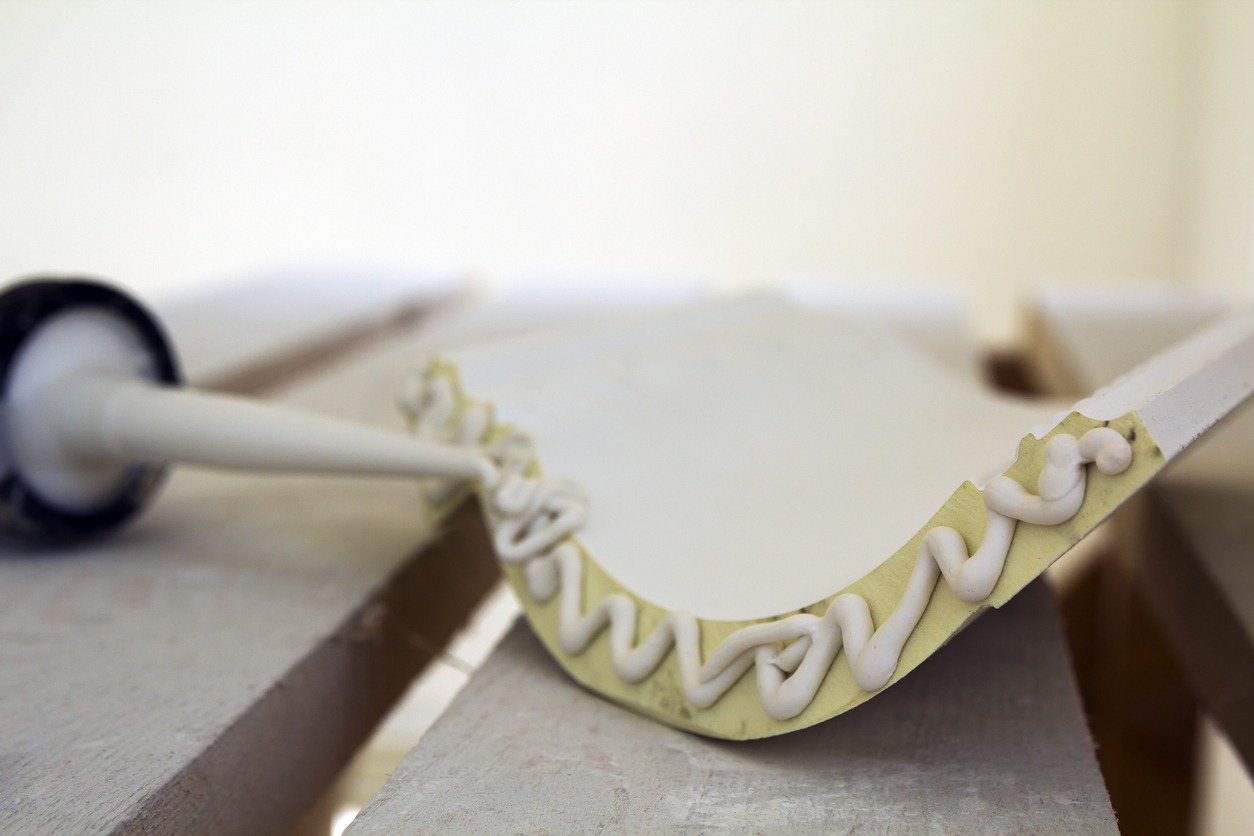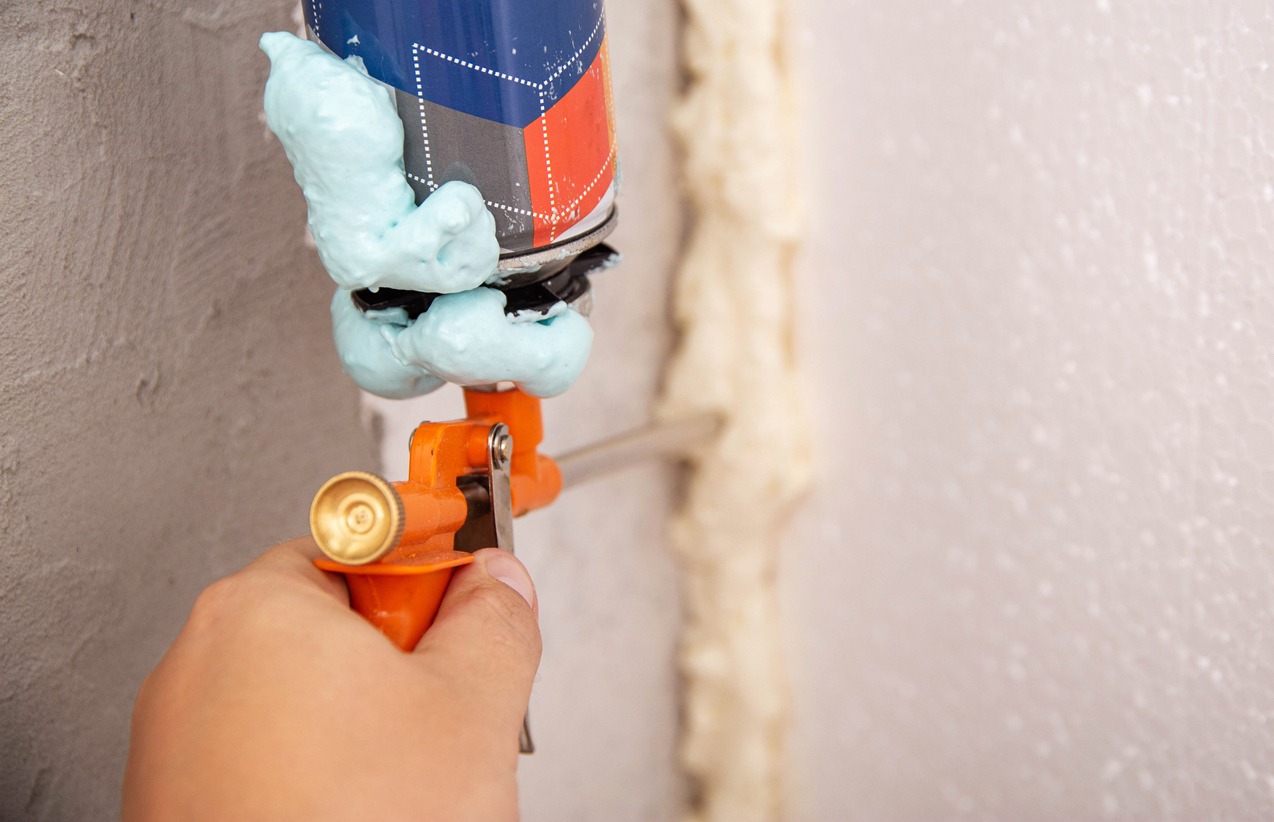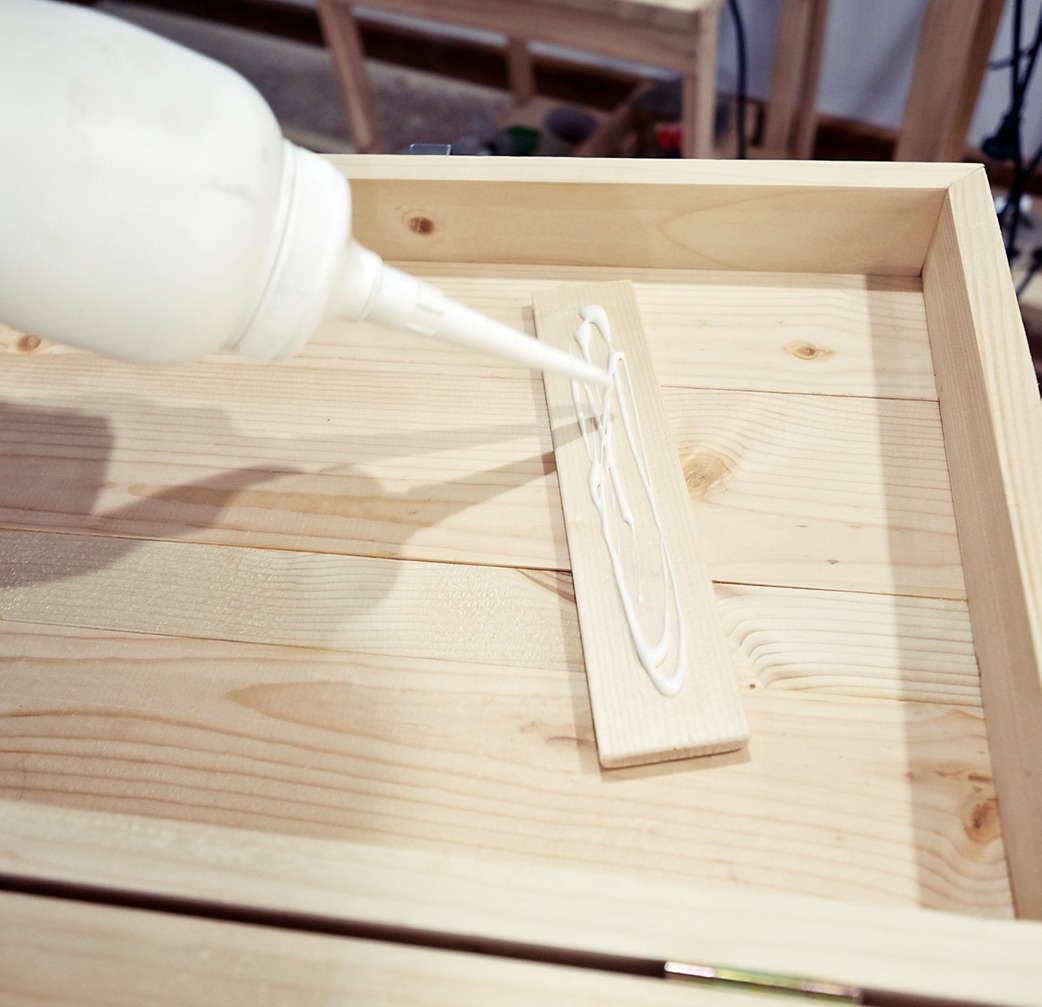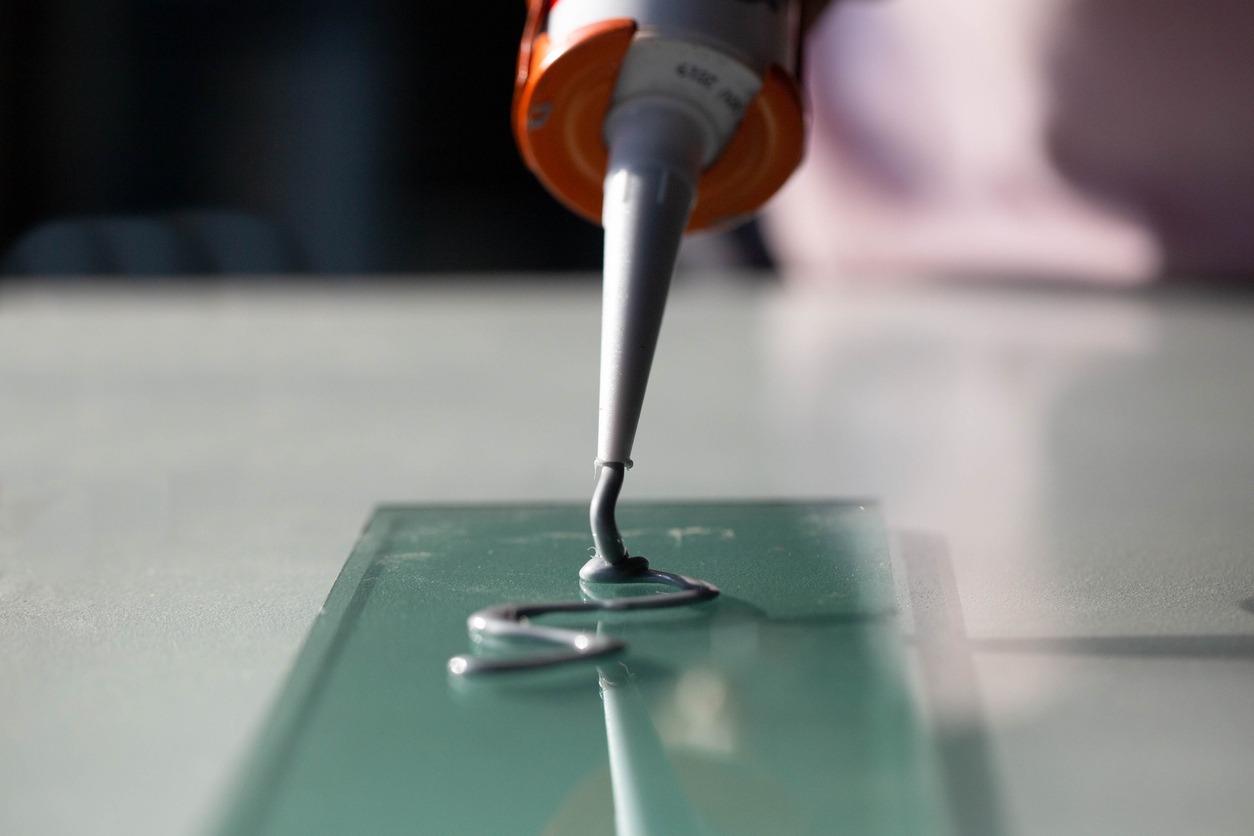There are so many kinds of glue that you might need to be clarified to choose the right one. A wide variety of adhesives, each with its own set of advantages and disadvantages for creating a truly watertight bond, are commercially available. Polyurethane adhesive is one of these glues that can shine due to its numerous desirable features. But what exactly is polyurethane adhesive?
Glues produced from Polyurethane are extremely flexible and can be used for various purposes. Some are soft and rubbery, while others are very rigid and sturdy. Among polyurethane adhesive’s many benefits is its adaptability; several types can be created to adhere to different substrates. There are many varieties of polyurethane adhesives on the market, including those designed specifically for wood, sealants, and construction.
Mounting glues made of Polyurethane are frequently used to adhere to metal, plastic, and even glass components. Polyurethane can be formed into an expanding foam to insulate and seal crevices. Most polyurethane adhesives are impervious to water and may be used in various climates, making them ideal for quick fixes around the house.
What is Polyurethane?
Polyurethane adhesives, or PU adhesives, are employed in high-strength constructions; they can function as either inelastic or permanently elastic adhesives, depending on the application. Even though they are primarily made of polymers, they frequently include other ingredients like fillers and stabilizers. The two-component adhesive form is a common use for PU adhesives.
However, you can also get adhesives that require one component. Both rely on the chemistry behind the interaction of several components. Catalysts like light, heat, or water are commonly used in this process. The adhesive has a paste consistency and does not shrink. When it cures, it becomes impervious to water and can be worked with conventional painting and sanding techniques. The glue also remedies a slight imperfection in the workpiece. When it comes to bonding, its many useful features make it the best tool in the shed.
There is a wide variety of Polyurethane, a synthetic polymer. Coatings, adhesives, sealants, and building and industrial products all use this substance, which can be either stiff or flexible. Polyisocyanate and polyol react to produce Polyurethane. It doesn’t matter if the polyol is artificial or organic. The chemical process between these two components results in polymers, which are long chains of molecules. Polyethylene glycol and polypropylene glycol are the two main polyols in creating Polyurethane. Their combination defines the product’s characteristics. Extruding Polyurethane into different forms and then curing it with heat or chemicals is a common production method for this material in large-scale facilities.
Products made of Polyurethane can be either rigid or flexible, depending on the proportion of isocyanate to polyol. Increasing the amount of isocyanate will produce a more rigid polymer, whereas increasing the amount of polyol will yield a more malleable material. Because of their adaptability, polyurethanes find use in many different fields. Flexible polyurethane materials are often utilized in the furniture and automotive industries. In contrast, rigid polyurethane products are often employed in the building industry to manufacture products like architectural moldings.
Common Uses of Polyurethane Glue
The versatility of polyurethanes has led to their use in many different fields.
- Polyurethane adhesives are excellent for attaching a wide variety of materials, including plastics, metals, glasses, and wood, due to their strength and durability.
- Polyurethane sealants are commonly used in the automotive sector to seal seams and joints, protecting against water infiltration and air leaks.
- Polyurethane coatings are employed in many fields to prevent damage from friction, chemicals, and elements.
- Polyurethane coatings are scratch and stain-resistant, making them a great option for high-traffic areas.
- Polyurethane coatings are widespread in the construction and maintenance of flooring, metal surfaces, and cooling appliances.
Benefits of Using Polyurethane Glue
Several varieties of polyurethane glue are commercially available. In addition to wood, this glue category is suitable for bonding a wide variety of other materials, such as concrete, stone, ceramics, and foam.
- Waterproof – The fact that polyurethane glue does not require adding water is its primary benefit. Unlike water, it does not seep into the pores of the material it adheres to. It allows polyurethane-glued wood seams to take stains and finish well. Pieces with completed surfaces can be glued together.
- Less Curing and Setting Process –Polyurethane glues need moisture for the curing process. Therefore, these glues will work just well on oily or damp wood. Typically, Polyurethane glues only need six to eight hours to cure fully. The joints must be clamped for proper bonding, but after roughly four hours, you can unfasten the clamps.
- Strong Adhesive –Polyurethane glues are the strongest glues available. The initial bond formed by the glue is so strong that clamps and other fastening tools are not required. This streamlines and reduces the cost of production and building operations. Adhesives made from Polyurethane are widely used in the automotive industry. Fiberboard combines wood waste (such as sawdust or chipboard) with polyurethane adhesives. Polyurethane adhesives are used to seal conveyor belts.
- Long Lasting –Polyurethane adhesives have excellent impact resistance and are exceptionally flexible and long-lasting. Their bulk flexibility and tolerance to heat and chemicals also vary widely. They are suitable for sealing fuel tanks and can withstand high temperatures for extended periods without degrading. Polyurethane adhesives like this one are resistant to flames.
- Convenient and Versatile – Polyurethane adhesives are becoming increasingly popular in residential construction. This is due to the versatility of these adhesives in bonding a wide variety of materials. Drywall ceilings are commonly adhered to roof rafters using two-part polyurethane adhesives. Quickly preventing vertical surfaces from caving in, the first stage’s operation sets the stage for the second, which creates a robust and long-lasting seal. Subflooring and finish carpentry, such as on stairs and cabinets, typically use moisture-curable polyurethane adhesives. Wood can shrink and expand with the seasons, but a polyurethane adhesive can keep the wood from cracking at the joints.
Safety Precautions when Using Polyurethane Glue
The versatility of polyurethane glue has led to its incorporation into many industries, including building, furniture making, craft work, and flooring. It may be used on many materials, from metal and wood to ceramics and rubber to plastics. Polyurethane glue is highly recommended for indoor and outdoor uses due to its durability and longevity. Following these safety tips will ensure your success and safety when working with polyurethane glue.
1. Put on Gloves.
It takes a few seconds for polyurethane glue to set, but its bonds are quite sturdy. The moisture from your skin is what causes it to cure and harden. Working with polyurethane glue necessitates wearing thick gloves and wearing long clothing to protect the skin. Some people may experience skin irritation or rashes even after removing the glue.
2. Maintain a Well-Ventilated Workspace.
Polyurethane glue emits vapors and fumes, so make sure you’re always working somewhere with enough ventilation. You should walk outside and get some fresh air if you are feeling ill or having problems breathing.
3. Put on your safety glasses.
Polyurethane glue can cause permanent damage to your eyes if it gets in them. Always use safety glasses when working with this. If glue gets in your eyes, don’t try to pry them open. Instead, constantly flush your eyes with warm water to remove the glue. Get checked out by a doctor to be safe.
4. Use a Face Mask.
Polyurethane glue can irritate the respiratory system if breathed in. Glue can cause serious allergic responses in certain people. Because of this, it’s crucial to protect your lungs by using a face mask.
5. Seek Professional Help If Accidental Ingestion Occurs.
Ingestion of polyurethane glue is not recommended. Polyurethane glue, which sets when exposed to moisture, tends to dry out in the mouth and on the lips before making its way down the throat. However, for precaution, you should visit a doctor immediately and wash the area with warm water for at least 15 minutes to remove the adhesive.
Conclusion
Close relatives of epoxies, polymeric compounds like polyurethanes have emerged as one of the most widely used adhesives in the building industry. Polyurethane adhesives, like cyanoacrylates, are cured by a chemical reaction initiated by moisture. Polyurethane’s application as an adhesive isn’t difficult. However, it would be best if you still familiarize yourself with the material’s pros and cons before using it.
As a highly versatile product, polyurethane adhesives can join a wide range of construction materials, including but not limited to wood, glass, concrete, metal, carpeting, and more. If you are joining two nonporous materials—like metal on metal—make sure to wet the surfaces before you glue them. Polyurethane bonds are weatherproof, making them a good adhesive solution for outdoor work. In the construction industry, you can choose from different kinds of polyurethane adhesives, each with its specific strength.
However, despite its advantages, you still need to follow safety precautions in this product; for instance, Polyurethane adhesive contains chemicals linked to cancer. For this reason, it is important to provide enough ventilation. You’ll also want to wear gloves and avoid contact with the skin.




